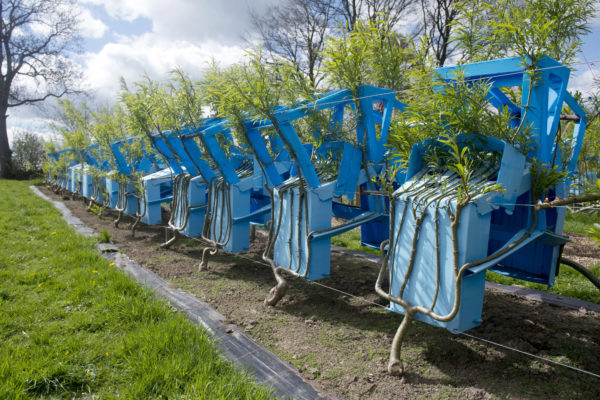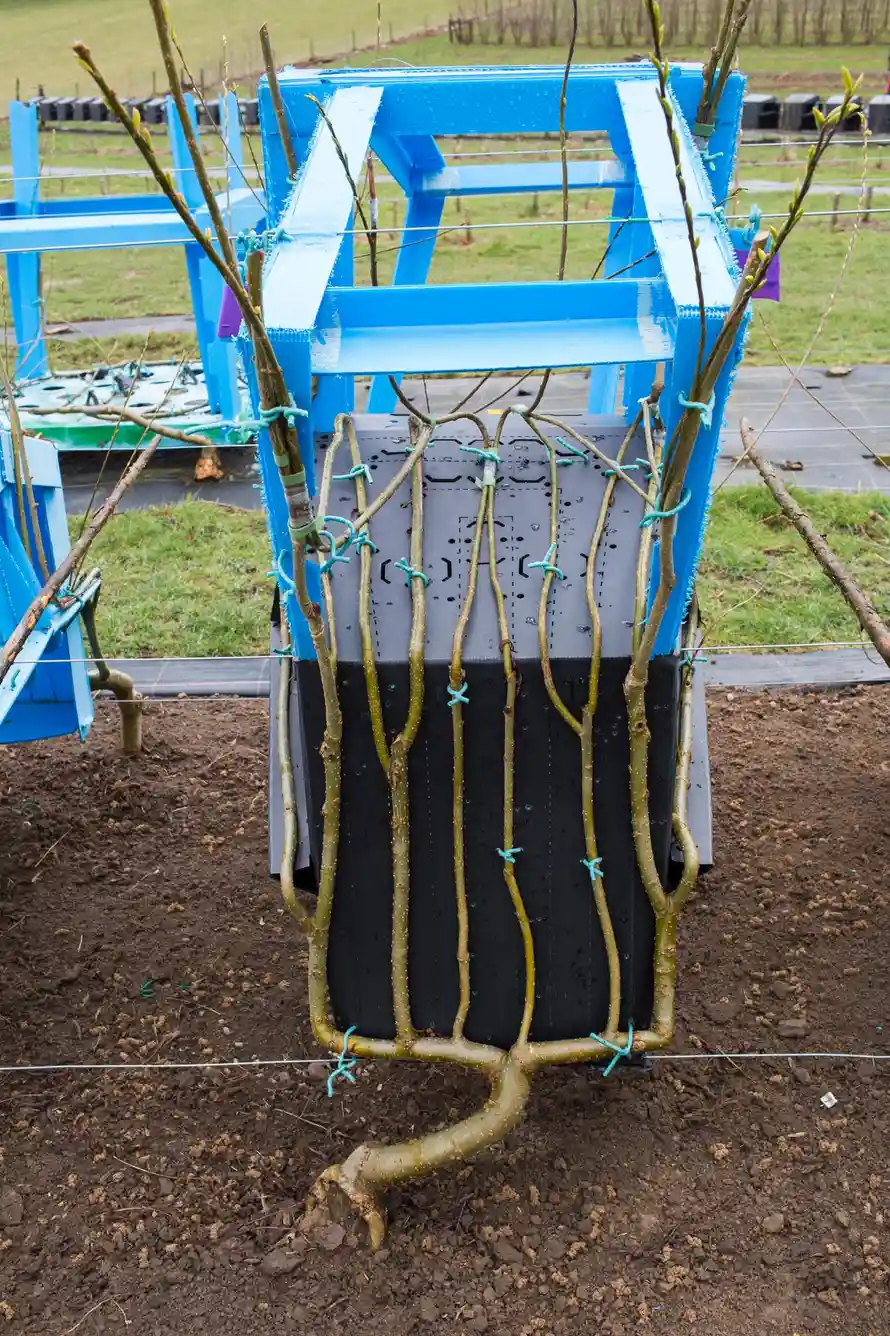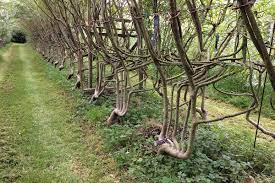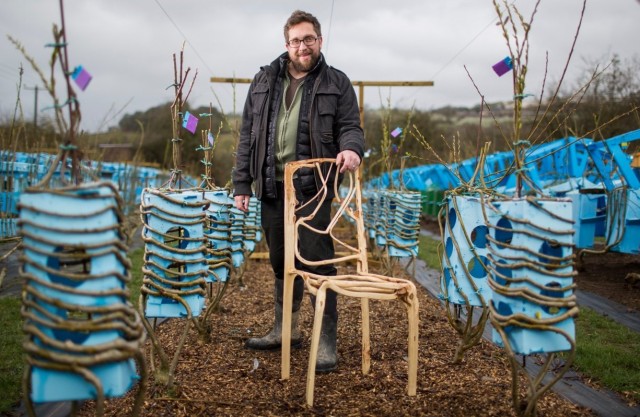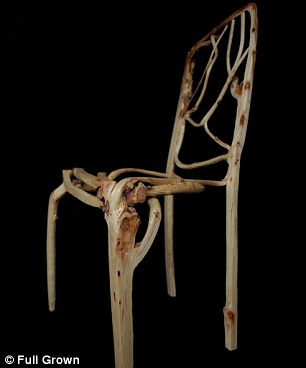How to Grow Your Own Furniture: Eco-Friendly Designer Uses Special Molds to Guide Branches into Ready-Made Chairs, Tables, and Lampshades
Gavin Munro, a British designer, has devised a remarkable method to create stunning household furniture in an environmentally friendly way—by harnessing the power of nature itself. Munro cultivates young trees within specially designed plastic molds, meticulously pruning and guiding the branches into shape before grafting them together to form durable joints.
Having already produced several prototype pieces, Munro currently tends to a field in Derbyshire where he nurtures a crop of 400 tables, chairs, and lampshades. His plan is to harvest them next year. As an avid environmentalist, Munro believes that this technique, known as botanical manufacturing, holds the potential to revolutionize the production of sustainable and ecologically sound furniture on a larger scale.
Explaining the process, Munro says, “You start by training and pruning young tree branches as they grow over specially made formers. At certain points, we then graft them together so that the object grows into one solid piece—I’m interested in the way this is like a kind of organic 3D printing that uses air, soil, and sunshine as its source material. After it’s grown into the shape we want, we continue to care and nurture the tree as it thickens and matures before harvesting it in the winter and then letting it season and dry. It’s then a matter of planing and finishing to show off the wood and grain inside.”
Working alongside his wife Alice, Munro primarily utilizes strong and fast-growing willow for his designs, while also experimenting with other tree species such as ash, sycamore, hazel, crab apple, sessile oak, and red oak. The initial inspiration for this unique approach came to Munro while he was working as a gardener in San Francisco and crafting furniture from driftwood in his spare time. Recalling a childhood memory of an overgrown bonsai tree in his mother’s garden that resembled a throne, he realized it would be more efficient to grow furniture directly instead of cutting down mature trees.
In addition to eliminating the need for nails, fixings, and machinery, Munro’s designs are expected to have a longer lifespan compared to traditionally made furniture due to their absence of weak points around the joints. Alice explains, “Just like a broken bone will be a lot stronger where it heals, the points where the wood is grafted are extremely strong. It means you don’t have joints that come loose like with a traditionally made chair, so they should last a whole lot longer.”
The first prototypes were cultivated in Alice’s mother’s garden, and her encouragement eventually led Munro to abandon his career as a gardener and web designer to pursue the project full-time. Operating under the company name “Full Grown,” Munro has already harvested chairs, a table, and lampshades, and he is currently working on more intricate designs such as a bookshelf and a chest of drawers.
However, this innovative process requires extensive pruning, coppicing, and grafting—not simply setting up molds and letting the trees grow into shape. The Munros faced an early setback when a herd of cows rampaged through the field, damaging many of the young trees. Nevertheless, they persevered, and weather permitting, they anticipate harvesting their first significant crop in 2016, with products ready for sale in 2017.
Most of the pieces have already been pre-ordered, with chairs selling for £2,500 each and light shades priced between £1,000 and £1,500. Munro remarks, “The whole process takes place over seasons and years—between four and eight years to grow a chair, for example. But when you look at
Hits: 1

